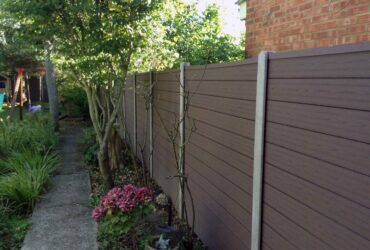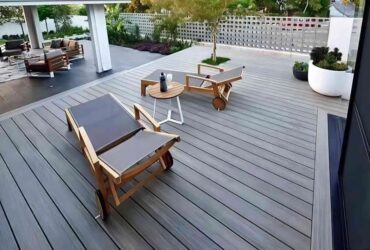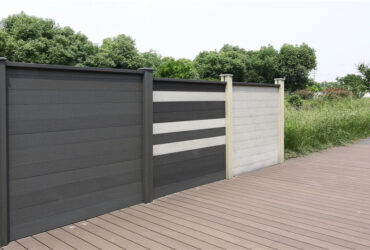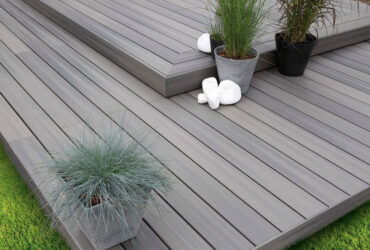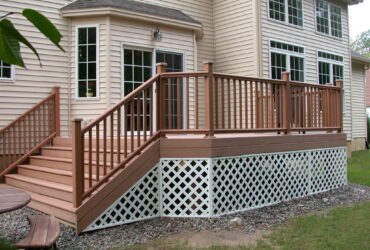Aging Resistance of PP-based Wood-plastic Composite Materials
Polypropylene (PP)-based wood-plastic composite material is an environmentally friendly green material that uses polypropylene as the matrix, adds wood powder and additives in a certain proportion, and is mixed and molded.PP-based wood-plastic composite materials have good mechanical properties and are widely used in outdoor environments. However, they are affected by natural aging conditions such as high and low temperatures, ultraviolet rays, rain and snow, etc.During the use of materials, aging phenomena such as surface cracking and powdering occur, which seriously shortens the service life and greatly limits its economic value.By studying the effect of fiber particle size on the anti-aging properties of materials, it was found that after UV accelerated aging testing, the bending strength of 20mesh-10mesh fiber wood-plastic composite materials decreased in the early stages of the aging test, but the impact strength increased to a certain extent.With the prolongation of aging time, the bending strength and impact strength decreased to varying degrees.After UV aging, the C=0 stretching vibration peak is significantly enhanced, and the C-O stretching vibration peak of cellulose and hemicellulose is weakened, proving that the cellulose on the surface of the material is reduced and an aging reaction has occurred on the surface of the material.
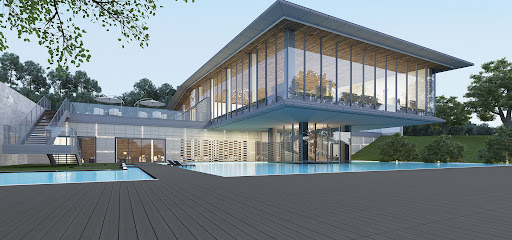
After testing, it was found that the composite material with a wood-to-plastic ratio of 30:70 showed serious color difference, surface cracks and even powdering after aging tests, while the aging phenomenon of the composite material with a wood-to-plastic ratio of 10:90 was not very obvious.Through experiments, it was found that the mass loss rate of modified lignin-reinforced wood-plastic composites after aging reaction was:The hydroxymethylation modification allows the hydroxymethyl group to be connected to the ortho or para position of the hydroxyl group of the phenyl ring phenol. The alkali lignin modified by hydroxymethylation has stronger anti-aging ability.After UV aging tests, wood-plastic composite materials prepared using maleic anhydride graft-modified polypropylene and high-density polyethyleneThe matrix-modified material has little color difference before and after, while the color difference of the unmodified material is obvious. The mechanical strength retention rate of the modified material is better. The self-developed special weather-resistant masterbatch for wood plastic was studied to improve its weather-resistant properties. The mechanical properties of the samples without weather-resistant masterbatch were compared. It was found that the effect of weather-resistant masterbatch was good in maintaining color and retaining mechanical properties.
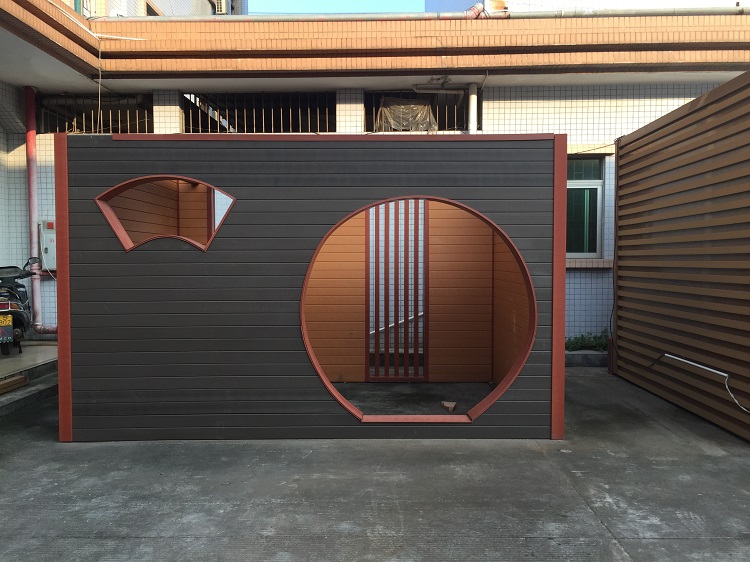
Current research on the aging resistance of PP-based wood-plastic composite materials mainly focuses on the impact of factors such as wood-to-plastic ratio, cellulose modification, matrix type and modification, light stabilizer, pigment components, and aging methods on the aging resistance of the material.

